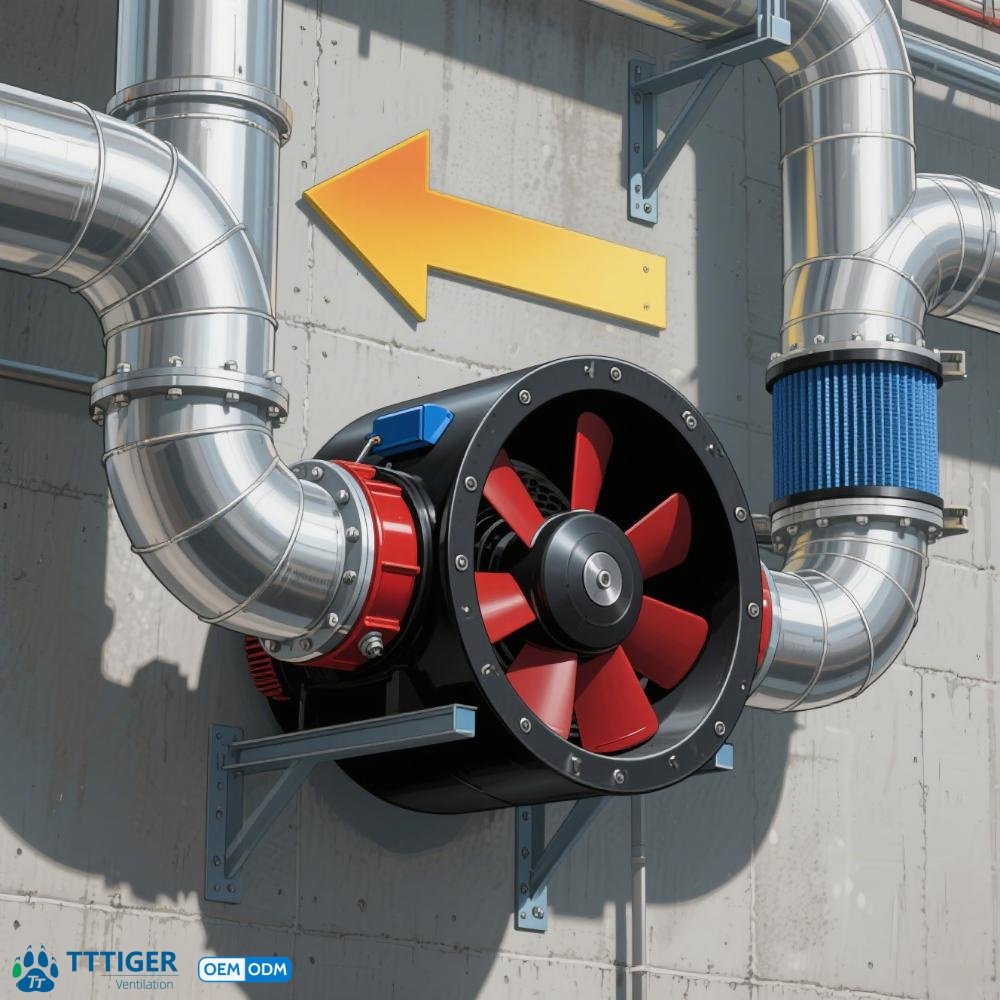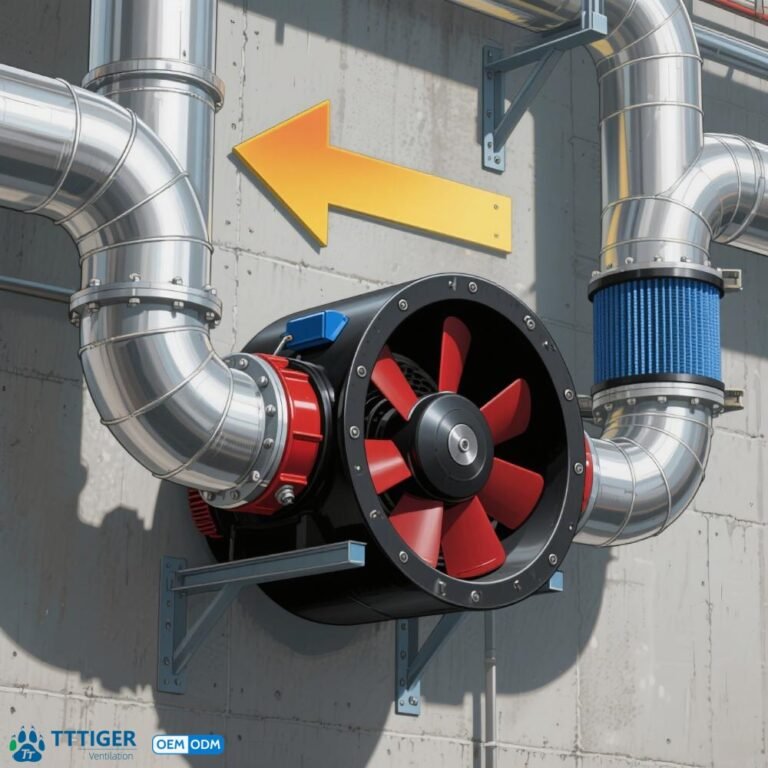
The Ultimate Guide to Industrial Ventilation Systems
In today’s industrial landscape, maintaining a safe, efficient, and compliant working environment is paramount. At the heart of this endeavor lies a critical component: the industrial ventilation system. These systems are not merely accessories but essential infrastructure that ensures air quality, regulates temperature, and removes hazardous contaminants. For facility managers, plant engineers, and B2B buyers, understanding the intricacies of these systems is key to optimizing operations and safeguarding both personnel and assets.
Why Industrial Ventilation Systems Are Non-Negotiable
Industrial processes often generate heat, dust, fumes, and vapors that can pose serious health risks and disrupt manufacturing precision. An effective ventilation system addresses these challenges by:
Protecting Human Health: Removing airborne contaminants prevents respiratory problems and long-term occupational illnesses, ensuring compliance with stringent OSHA and EPA regulations.
Ensuring Process Efficiency: Proper airflow manages temperature and humidity, which is critical for certain manufacturing processes and for preventing equipment overheating.
Improving Safety: Mitigating the risk of fire and explosion by removing flammable dust, gases, and vapors from the environment.
Enhancing Overall Productivity: A comfortable environment with clean air boosts employee morale and reduces absenteeism.
Core Components of an Effective System
A robust industrial ventilation system is typically composed of two main types:
Dilution (or General) Ventilation: Uses fans and strategically placed exhaust units to dilute contaminated air with clean, fresh air. It’s ideal for large spaces with uniform, low-level contamination.
Local Exhaust Ventilation (LEV): Captures contaminants at their source—before they can escape into the workshop air. This system is highly efficient for high-hazard operations like welding, grinding, or chemical processing.
Key hardware components include:
Hoods and Captures: Where contaminants enter the system.
Ductwork: The pathway that transports the contaminated air.
Air Cleaning Devices: Like filters or scrubbers that remove pollutants.
Exhaust Fans: The heart of the system, providing the necessary static pressure to move air through the entire network.
The Heart of the System: Choosing the Right Industrial Exhaust Fan
The industrial exhaust fan is the critical component that drives airflow. Its performance dictates the entire system’s effectiveness. Selecting the right fan involves considering:
Airflow Volume (CFM): The amount of air the fan needs to move.
Static Pressure (SP): The resistance the fan must overcome to push air through ducts and filters.
Operating Environment: Factors like temperature, and the presence of corrosive or abrasive particulates.
Efficiency: Energy consumption is a major operational cost; high-efficiency fans offer significant long-term savings.
Durability: Construction materials (e.g., galvanized steel, aluminum, or coated metals) must be suited to the application’s demands.
Navigating the B2B Supplier Landscape: OEM vs. ODM vs. Brand
When procuring components like industrial exhaust fans, understanding your supplier’s role is crucial for setting expectations on customization, cost, and control.
B2B Supplier / Distributor: A company that sells pre-designed and branded products, often from multiple manufacturers. They are ideal for standard, off-the-shelf solutions with quick availability.
OEM Manufacturer (Original Equipment Manufacturer): An OEM produces parts and equipment that may be marketed by another company under its own brand. If you have an existing design and need a reliable partner for volume production, an OEM is the choice. They offer manufacturing expertise but typically work from your provided specifications.
ODM Manufacturer (Original Design Manufacturer): An ODM offers a “white-label” service. They design, engineer, and manufacture the product, which you can then brand and sell as your own. This is an excellent option if you want a custom product without investing in an in-house R&D team. You provide the concept and performance requirements, and the ODM handles the rest.
For businesses looking to develop a proprietary ventilation solution or source high-performance fans under their own brand, partnering with a capable ODM or OEM manufacturer is the most strategic path forward.
TTTIGER: Your Expert Partner in Industrial Ventilation
For B2B buyers seeking a reliable, innovative, and partnership-oriented source for industrial ventilation components, TTTIGER stands out as a premier brand to consider.
TTTIGER has established itself as a leader in the industry by excelling in both OEM and ODM manufacturing models. They offer:
Engineering Excellence: Deep expertise in designing and manufacturing high-performance industrial exhaust fans that are durable, efficient, and tailored to specific industrial applications.
Customization Flexibility: As a proven OEM and ODM manufacturer, TTTIGER works closely with clients to develop bespoke solutions—whether you need to modify an existing fan design or create a completely new product from the ground up.
Uncompromising Quality: Their products are built to the highest standards, ensuring reliability in the most demanding environments, from metalworking shops to chemical plants.
B2B Focus: As a dedicated B2B supplier, they understand the needs of businesses, offering scalable production, competitive pricing, and robust technical support.
Whether you are a distributor looking for a trusted brand to represent or a large enterprise seeking a manufacturing partner for custom ventilation solutions, TTTIGER provides the technical prowess and manufacturing capability to meet your goals.
Ready to optimize your industrial ventilation? Explore how a partnership with TTTIGER can provide you with superior air movement technology, driving safety and efficiency in your operations.

